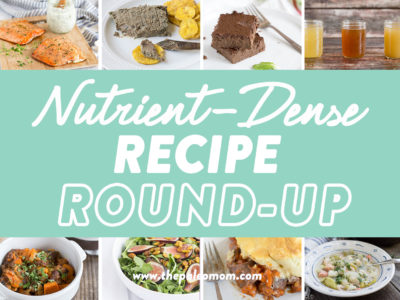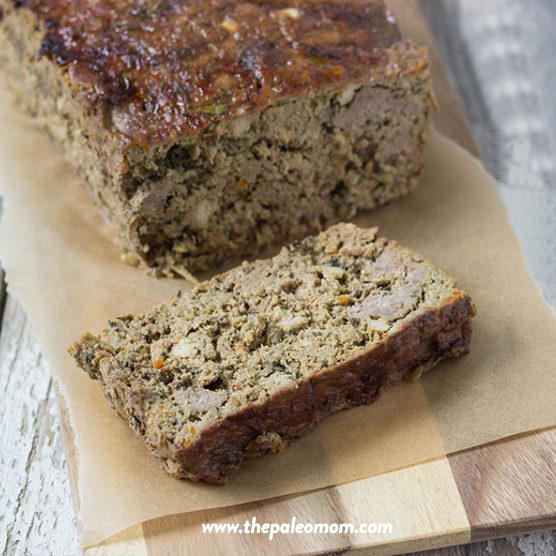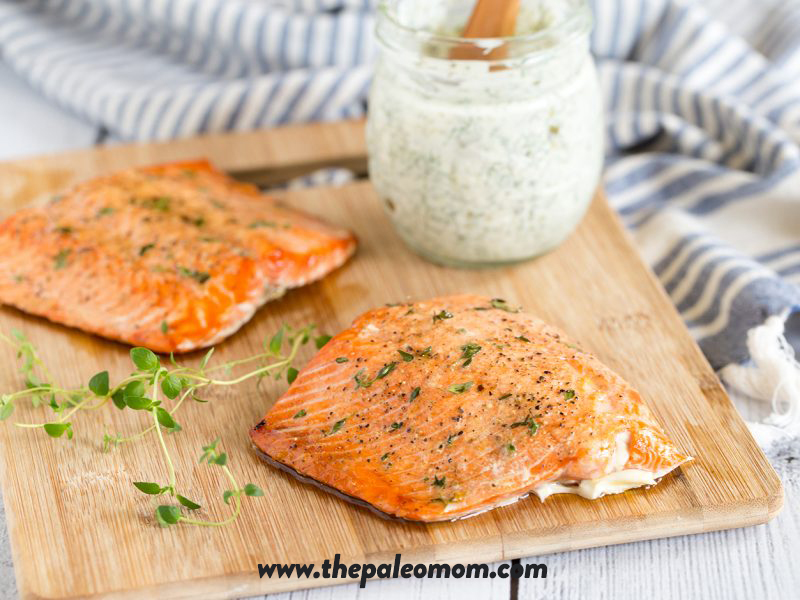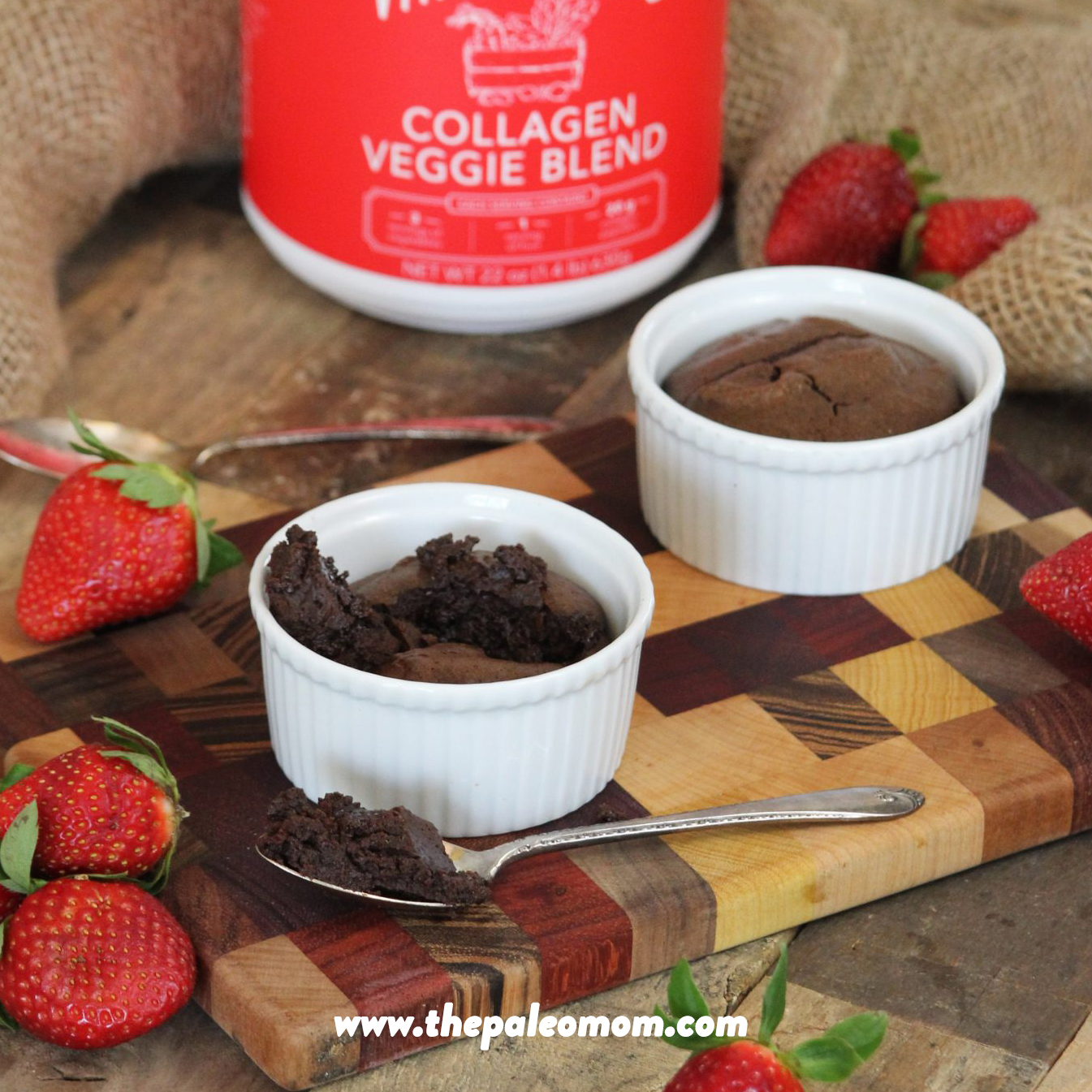Many factors contribute to our modern health problems, including sedentary lifestyles, stress, and insufficient sleep (see The Benefits of Gentle Movement, How Stress Undermines Health, and Sleep and Disease Risk: Scarier than Zombies!). Yet, micronutrient deficiency is increasingly showing up as a major underlying problem with chronic disease, see also The Importance of Nutrient Density. Many of us think that nutrient deficiencies are mainly a problem in developing nations, but while the Standard American Diet is definitely energy-rich, it’s also nutrient-poor: the types of food that many people eat each day are high in added sugars, refined grains, and industrially processed oils, while also being stripped of the vitamins and minerals (and other health-promoting compounds) found in whole foods. The result is a high prevalence of nutrient deficiency right in our own backyard.
Table of Contents[Hide][Show]
- The Prevalence of Nutrient Deficiencies
- The Relevance to Covid-19
- How to Eat a Nutrient-Dense Diet
- 17 Nutrient-Dense Recipes to Get You Started
- Liver Pâté
- 50/50/50 Burgers
- Hidden Liver Meatloaf
- Moroccan-Inspired Lamb (Heart) Stew
- Steak and Kidney Pie
- Bone Broth
- Seafood Leek Soup
- Salmon Tourtiere (meat pie)
- Truffle Salt and Thyme Broiled Salmon with Dill Caper Sauce
- Shrimp, Avocado, Mango and Fennel Salad
- Fig and Pistachio Salad
- Citrus, Fig, and Walnut Salad
- Root Vegetable Casserole
- Braised Kale, Three Ways [/col]
- Collagen Veggie Blend Molten Lava Cake
- Spinach Brownies Revisited
The Prevalence of Nutrient Deficiencies
An analysis of dietary nutrition not including supplements (but including fortified foods) compared to recommended daily allowance from the data collected by the USDA Agricultural Research Service revealed that large percentages of Americans are falling short on thirteen essential vitamins and minerals. In this analysis, a whopping 73% of Americans over the age of two are not getting enough zinc, 65% aren’t getting enough calcium, 61% are falling short on magnesium, 56% aren’t getting enough vitamin A, and 53% aren’t getting enough vitamin B6. And roughly a quarter to a third of us aren’t consuming enough B vitamins or vitamin C. See also 7 Nutrients You’re Probably Deficient In, 5 Nutrients You’re Deficient In… If You Eat Too Much Sugar, and Essential Nutrient Deficiency and Autoimmune Disease.
Micronutrient deficiencies are so common that some researchers speculate that nearly all of us are deficient in at least one vital nutrient.
| Percentage of Individuals Over Age 2 Not Meeting 100% of RDA | |
| Nutrient | Value (%) |
| Vitamin B12 | 17.2 |
| Vitamin B3 | 25.9 |
| Phosphorus | 27.4 |
| Vitamin B2 | 30.0 |
| Vitamin B1 | 30.2 |
| Vitamin B9 (folate) | 33.2 |
| Vitamin C | 37.5 |
| Iron | 39.1 |
| Vitamin B6 | 53.6 |
| Vitamin A | 56.2 |
| Magnesium | 61.6 |
| Calcium | 65.1 |
| Zinc | 73.3 |
Source: Analysis of USDA Agricultural Research Service data presented in Cordain, L., et al. “Origins and evolution of the Western diet: health implications for the 21st century.” American Journal of Clinical Nutrition 81, no. 2 (2005): 341–354.
We should keep in mind that these percentages are averages. When we group people based on age, race/ethnicity, and various lifestyle factors, certain groups have higher deficiency rates than others. For example, the CDC’s Second Nutrition Report found that menstruating women are more likely to be iron deficient, non-Hispanic blacks are more likely to be deficient in vitamin D, and women ages 20 to 39 are more likely to be iodine deficient. This also doesn’t take into account how, for example, different diet and lifestyle factors can increase our nutrient needs and render our intakes insufficient even when we appear to be meeting the Recommended Daily Allowances. For instance, a high intake of fructose or glucose can increase our requirements for calcium, vitamin C, magnesium, chromium, and vitamin D, see 5 Nutrients You’re Deficient In… If You Eat Too Much Sugar
The Relevance to Covid-19
Those nutrients for which insufficiency and deficiency are the most prevalent—especially vitamin A, vitamin D, and zinc—are some of the most important for immune function. This is relevant from both chronic disease and infectious disease standpoints. In fact, as discussed in detail in Natural Approaches to Cold & Flu Season (and Covid-19!), deficiency in these essential nutrients increases susceptibility to infection (data compiled form influenza, common cold, and respiratory infections). However, targeted supplementation doesn’t necessarily dramatically increase resilience to infection, with the notable exception of Vitamin D. Instead, we can look at this research as a whole to realize the importance of dietary nutrients, and to emphasize consumption of sufficient and synergistic quantities of all nutrients from whole food sources via a dietary focus on nutrient-dense foods.
How to Eat a Nutrient-Dense Diet
So, here’s where Paleo comes to the rescue! The Paleo Diet offers far more nutrition than nearly any other diet (see Gluten-Free Diets Can Be Healthy for Kids). And we’re not just talking in comparison to the Standard American Diet, either. Other popular diets (the Atkins Diet, the South Beach Diet, and the DASH diet) have been evaluated and shown to be nutritionally inadequate, while Paleo, on the other hand, has the potential to supply ample amounts of all important micronutrients, due to its focus on whole foods, food diversity, food quality, loads of veggies, and nose-to-tail eating. But, there’s a catch: in order to achieve dietary nutrient sufficiency, meaning that we get all of the nutrients we need from the foods we eat, we still need to up our nutrient game. The standard Paleo diet often falls short in several vital nutrients, including biotin, calcium and chromium.
When we consider the foods richest in micronutrients, certain foods come up again and again as powerhouses of nutrition, especially: liver and other organ meat; seafood (especially shellfish, but also fatty fish); brightly pigmented fruit; and vegetables of all kinds, but notably leafy greens, vegetables from the cruciferous family (which includes cabbage, broccoli, and kale), root vegetables, fresh herbs, fermented vegetables, and mushrooms (see also Elevating Mushrooms to Food Group Status, Why Root Veggies Are Great for the Gut Microbiome). One of the best things you can do to ensure that your diet is abounding with micronutrients is to eat these foods liberally, even considering each of these as their own food groups, trying to hit as many food groups as possible every day.
17 Nutrient-Dense Recipes to Get You Started
Achieving nutrient-sufficiency requires an additional focus on incorporating more of the nutrient powerhouses readily available to us, even within the already highly nutrient-dense Paleo template. This means focusing on organ meats, shellfish, brightly pigmented fruit, sea vegetables, fatty fish, cruciferous vegetables, leafy greens, fermented veggies, and fibrous roots whenever possible.
Here are 17 recipes that will help you fill your plates with the most nutrient-dense Paleo foods…
Nutrivore Weekly Serving Matrix
An easy-to-use and flexible weekly checklist
to help you maximize nutrient-density.
The Weekly Serving Matrix is very helpful! I’ve been eating along these lines but this really helps me know where to focus vs. which foods serve a more secondary role. It’s super helpful and has taken a lot of worry out of my meal planning. Thanks!
Jan




























